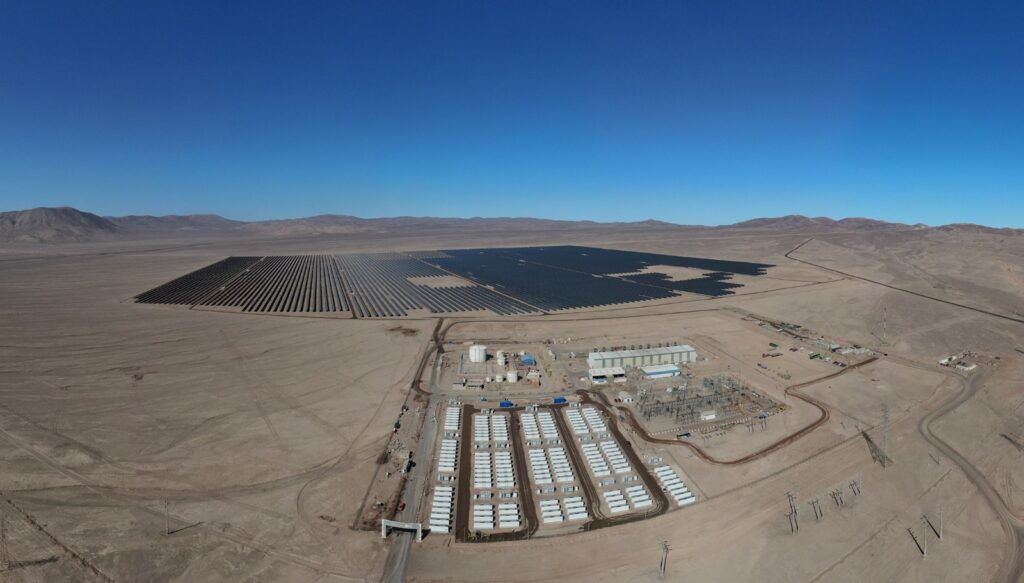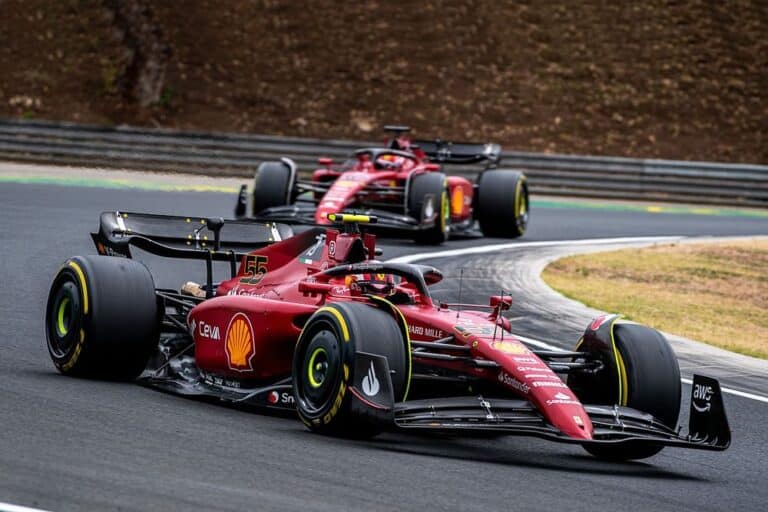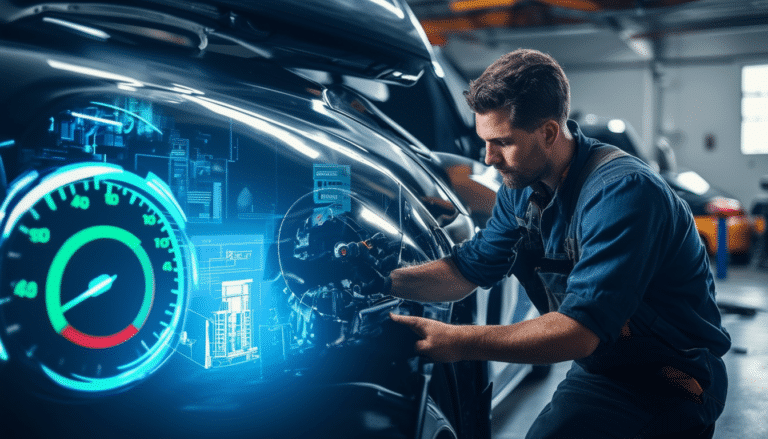The bold strategy of an automotive giant: reinventing diesel with innovative engines

In recent years, the automotive sector has undergone a significant transformation, driven by the pressure of increasingly strict regulations and the growing demand for sustainable alternatives. In this context, a automotive giant challenges prevailing trends and proposes a bold strategy: reinventing diesel engines through technological innovations. This bet focuses on the development of hybrid-diesel engines, seeking to merge the best of both worlds and offer an attractive option in a market that has left this type of propulsion behind.
In an automotive landscape where diesel seems to have been relegated by environmental standards and the rise of electric vehicles, Stellantis, a giant in the industry, surprises with a bold strategy to reinvent these engines. The company is considering the development of hybrid diesel engines, an initiative that could provide a breath of fresh air to this technology and position it alongside prestigious brands like Audi and BMW. This unexpected move could redefine the future of diesel in the automotive industry.
The Current Context of Diesel
Over the last few decades, the automotive world has experienced a significant change with the decline of diesel. Increasingly strict European regulations have led many manufacturers to focus their efforts on electric or hybrid vehicles, sidelining diesel and pure gasoline engines. In Spain, this trend is even more pronounced due to the imminent increase in price of diesel driven by the government in response to European Union guidelines.
The Stellantis Strategy
Despite this context, Stellantis is reconsidering its strategy regarding diesel engines, as reported by Auto Motor und Sport. Although initially the conglomerate focused on the complete electrification of its fleet by 2030, they are now exploring the possibility of developing hybrid diesel engines that meet Euro 7 standards. This decision surprises the automotive sector and could be a turning point in the company’s strategy.
The Trémery Factory, a Key Pillar
The Stellantis factory in Trémery, France, has been crucial in the production of 2.0 and 1.5-liter HDi diesel engines. Although it was initially planned to cease production, it seems that the 2.0-liter HDi engine will remain active, especially for mid-range and high-end models. This decision indicates that the plant could play a key role in the technological renewal of the group’s diesel engines. For more information about the opportunity this innovation represents, you can visit this article.
The Role of New Technologies
The integration of hybrid technology into diesel engines would position Stellantis alongside other brands like Audi, BMW, and Mercedes, which are still betting on this technology. The new electrified transmissions eDCT plant in Italy would facilitate the adoption of this technology in diesel powertrains. Moreover, if Stellantis launches a hybrid diesel, the likely candidate models would be the Peugeot 3008 and 5008, Citroën C5 Aircross, Opel Grandland, and Fiat Tipo.
Potential Models for Innovation
Stellantis’s innovation is not limited to engine technology, but also to its models. The Peugeot 3008 and 5008, the Citroën C5 Aircross, the Opel Grandland, and the Fiat Tipo are expected to be the first to integrate these hybrid diesel engines. These vehicles could greatly benefit from the combination of efficiency and power that hybrid engines offer, thus opening a new chapter in the automotive market.
The bold strategy of Stellantis not only offers a possible revitalization of diesel but could also set a precedent for other manufacturers looking for a balance between environmental regulations and fuel efficiency. To continue exploring how other brands are adapting to changes in the automotive sector, we recommend reading about the evolution of models like the Nissan Leaf 2026 and the bold transformation of the Audi Q5.
A New Era for Diesel
In an increasingly electrification-focused and sustainable world, Stellantis’s strategy to reinvent diesel engines represents a bold approach in the automotive sector. While many manufacturers have sidelined diesel in favor of hybrid and fully electric options, Stellantis seems to see untapped potential in the development of innovative diesel engines that integrate hybrid technology.
The decision to explore Euro 7 diesel engines with hybrid technology suggests a new perspective, one that combines the fuel efficiency of diesel with the benefits of hybridization. This strategy has the potential to transform vehicles like the Peugeot 3008 and 5008, the Citroën C5 Aircross, among others, into attractive options for consumers who still value diesel performance but desire a more environmentally friendly approach.
The crucial role of the Trémery factory and the new eDCT electrified transmissions plant in Italy show that Stellantis is investing in the necessary infrastructure to adapt its production to these innovations. Furthermore, its alignment with other automotive giants like Audi, BMW, and Mercedes, which continue to bet on hybrid diesel, underscores their confidence in this strategic bet.
Although the execution of this strategy and its acceptance in the market remain to be seen, the potential reintroduction of diesel with a renewed approach could lead to significant changes in the automotive industry. For Stellantis, this could not only mean redefining their engine offerings but also positioning themselves as a leader in diesel innovation in an increasingly competitive and environmentally conscious market.




